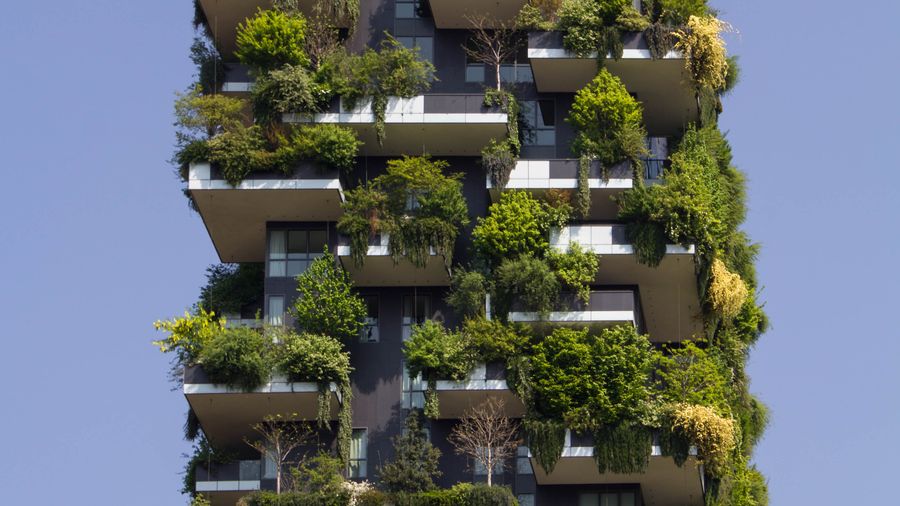· 4 min read
Firestopping Best Practices - Tips and Techniques for Ensuring Proper Installation
Green building design and construction is becoming increasingly popular as a way to create more sustainable, energy-efficient buildings.

Green building design and construction is becoming increasingly popular as a way to create more sustainable, energy-efficient buildings. While there are many benefits to green building, such as lower energy costs and reduced environmental impact, it is important to not overlook fire safety. Firestopping is an essential component of any building’s fire protection system, and it plays a critical role in ensuring the safety of building occupants and protecting the building itself in the event of a fire. In this essay, we will explore the role of firestopping in green building design and construction.
Benefits of Firestopping in Green Buildings
Firestopping is a term used to describe the materials and techniques used to prevent the spread of fire and smoke within a building. In green buildings, firestopping is an important component of the overall fire protection system. By preventing the spread of fire and smoke, firestopping can help to reduce the risk of property damage, injury, and even loss of life. In addition to these important safety benefits, there are several other advantages to using firestopping in green buildings.
One of the main benefits of firestopping in green buildings is improved energy efficiency. By preventing the spread of fire and smoke, firestopping can help to maintain the integrity of the building envelope. This can help to reduce energy loss through air leaks and other openings in the building, resulting in lower energy costs and a smaller environmental footprint. In addition, firestopping can help to prevent the need for costly repairs and reconstruction in the event of a fire, further reducing the environmental impact of a building.
Another benefit of firestopping in green buildings is compliance with green building standards. Many green building certification programs, such as LEED (Leadership in Energy and Environmental Design) and BREEAM (Building Research Establishment Environmental Assessment Method), require that buildings have appropriate fire protection systems in place. By incorporating firestopping into the overall fire protection system, building owners and designers can help to ensure that their building meets the requirements of these important certification programs.
Firestopping Materials and Products for Green Buildings
There are a variety of firestopping materials and products available that are suitable for use in green buildings. These materials and products are designed to meet both fire safety and environmental performance standards. For example, low VOC (volatile organic compound) sealants can be used to prevent the spread of fire and smoke while also minimizing the release of harmful chemicals into the environment.
Insulation materials made from recycled content are another example of firestopping products that are suitable for use in green buildings. These materials help to reduce waste and minimize the environmental impact of building construction and operation. In addition, these materials can also contribute to the overall energy efficiency of a building, further reducing its environmental footprint.
Challenges in Firestopping Green Buildings
While firestopping is an essential component of any building’s fire protection system, there are several challenges that arise when attempting to incorporate firestopping into green building design. One of the biggest challenges is the potential conflict between fire safety and sustainability. For example, some firestopping products may contain harmful chemicals that can impact indoor air quality or contribute to environmental degradation. Balancing these competing priorities can be difficult, but it is important to ensure that firestopping products and materials are both effective and sustainable.
Another challenge in firestopping green buildings is ensuring that firestopping is properly integrated into the overall building design. Green buildings often incorporate a variety of innovative design features, such as natural ventilation systems or unique building shapes, that can make it difficult to properly install firestopping materials and products. To overcome this challenge, it is important to work closely with experienced professionals who understand the importance of firestopping in green building design and construction. This includes architects, engineers, and contractors who specialize in sustainable building practices and fire protection. By working together, they can create designs and implement strategies that prioritize both safety and sustainability.
Overall, firestopping is a crucial aspect of green building design and construction. It is essential to ensure the safety of the building and its occupants, while also promoting sustainable practices. By incorporating firestopping measures early in the design process and working with experienced professionals, building owners and developers can achieve their goals of safety, sustainability, and energy efficiency.